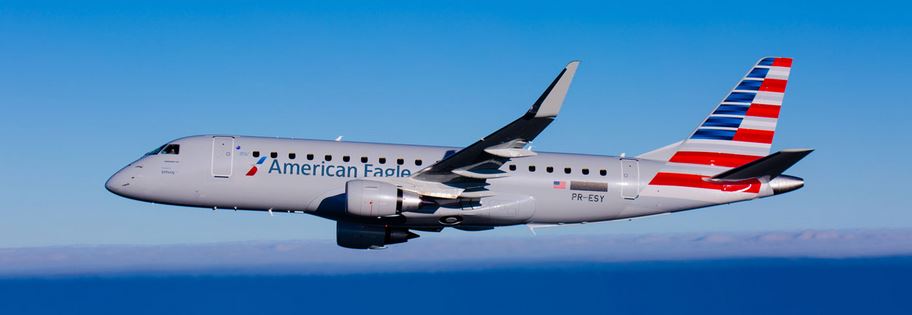
WSJ: Quest for electric planes.
WSJ: Quest for electric planes.
Why must we entertain and finance blatantly stupid ideas? Nothing is going to make Greta Thunberg happy, so let’s stop trying. No government money or mandates should encourage the dumb ideas.
Electric planes have attracted attention and investment. But planes are harder to fully electrify than cars.
Fully electric automobiles are already getting to be a hard sell. The range drops off quickly in cold weather, charging takes a long time and replacement batteries are expensive. Those are just the unquestionable problems. The debatable problems are that batteries catch on fire, electric cars have no environmental benefit and sufficient charging stations aren’t available.
There is no possibility that a battery-powered airplane could be a suitable replacement for commercial airline jets.
The weight of a battery is a bigger challenge if you’re looking to get off the ground—the batteries needed for planes are over 40 times as heavy as the equivalent amount of fossil fuel…
For commercial passenger jets, the weight of the passengers and luggage is about equal to the weight of the fuel. That appears to be a design objective.
The Embraer 175 is an aircraft frequently used by regional airlines. The 175 has a maximum payload, that is people, cargo, food and beverages, of 22,289 lbs. The maximum fuel load is 20,580 lbs.

American Eagle Embraer 175
The Boeing 757, depending on the model variant, has a maximum payload of about 70,000 lbs and a maximum fuel load of 78,000 lbs.
If batteries were only twice as heavy as the equivalent amount of fuel, then we could have battery-powered commercial jets, they just couldn’t carry any passengers or cargo. With batteries being 40 times heavier, the range drops from 3000 miles to 75 miles.
Don’t say that batteries will get better. Batteries were invented 200 years ago, and they just aren’t going to get 40 times better. Recall that batteries have to be charged. The power generating plants use fossil fuels to produce the electricity. We lose substantial performance for no environmental gain.
But some aviation companies are betting on a nearer-term approach: hybrid systems that combine electric batteries and traditional fuel, allowing planes to fly more miles more cleanly.
For the most part, these hybrid planes either have electric and combustion engines alongside each other, or combine them both into one.
Hybrid cars make sense because when braking, the kinetic energy of the car is converted to electrical energy to be stored in the battery. Hybrid cars are used to best advantage in city driving. This regenerative braking doesn’t apply to airplanes. And the batteries are still 40 times heavier than fuel.
The need for a solution is especially pointed since the aviation industry—responsible for about 2% of greenhouse-gas emissions—has set a goal of zero emissions by 2050.
This is obviously misdirection. The aviation industry did not set that 2050 goal without significant governmental coercion.
That’s about as far as I’m going with this article. We are in the phase of this process where a bunch of companies are doing research and getting governmental funding to come up with a bunch of aircraft that will have no place in long-haul commercial aviation.